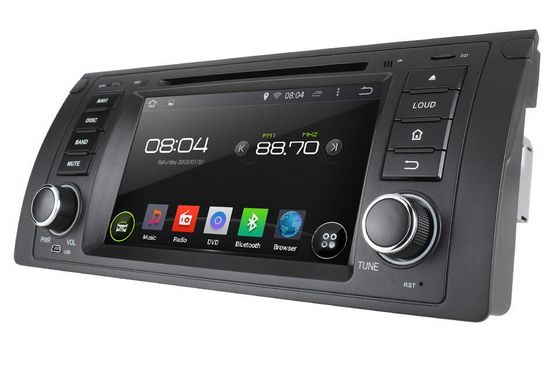Car stereos and receivers, also known as head units, are built with four channels of output for powering two front and two rear car speakers. When installing an Android car stereo for BMW, it’s necessary to connect the car’s speaker wires to the head unit with some simple tools and connectors.

Things You’ll Need
- Wire strippers
- Crimp tool
- Butt connectors
Instruction
- Use a wire stripper to remove 1/2 inch of insulation from the ends of each of the BMW head unit‘s speaker wires and from the ends of the wires leading to your car speakers.
- Match the output wires of the head unit to the speaker wires they’ll be driving. Head units follow a set pattern of color coding across all brands — the front left speaker is powered by the white and white/black wire, front right by gray and gray/black, rear left by green and green/black, and rear right by violet and violet/black. Car speaker wiring varies by model and brand of car. If in doubt, look up the speaker-wire codes in a service manual, such as a Chilton’s Auto Repair Manual, available at auto-parts stores, bookstores and online.
- Slide the bare end of a head-unit wire into one end of a butt connector. Slide the matching car speaker wire into the other end. The butt connector is a common wire-crimping connector that resembles a small, hollow plastic-covered tube open on each end. Place the jaws of a crimp tool in the center of the connector and squeeze the handles of the tool to make the connection. Repeat for all the wires.
Source: Ehow.com

